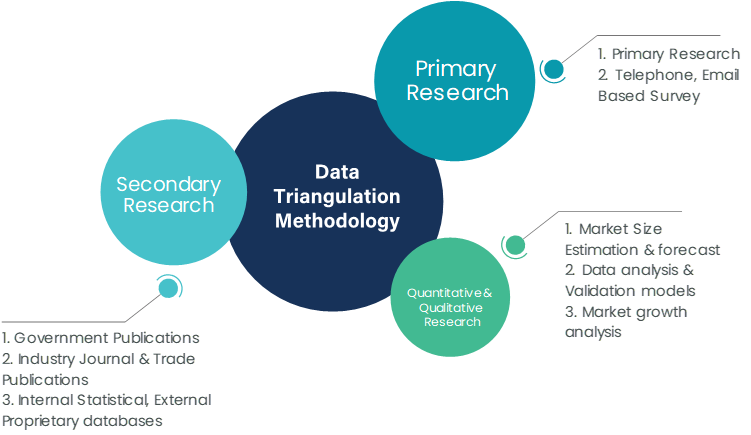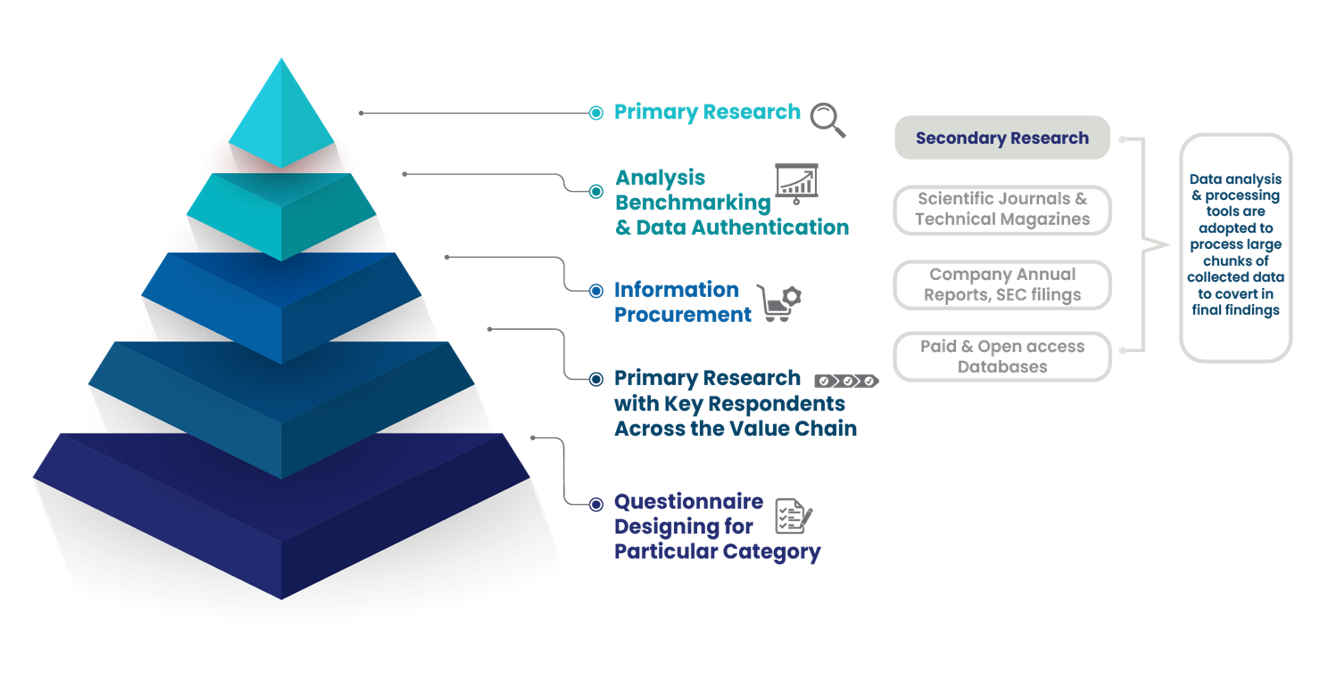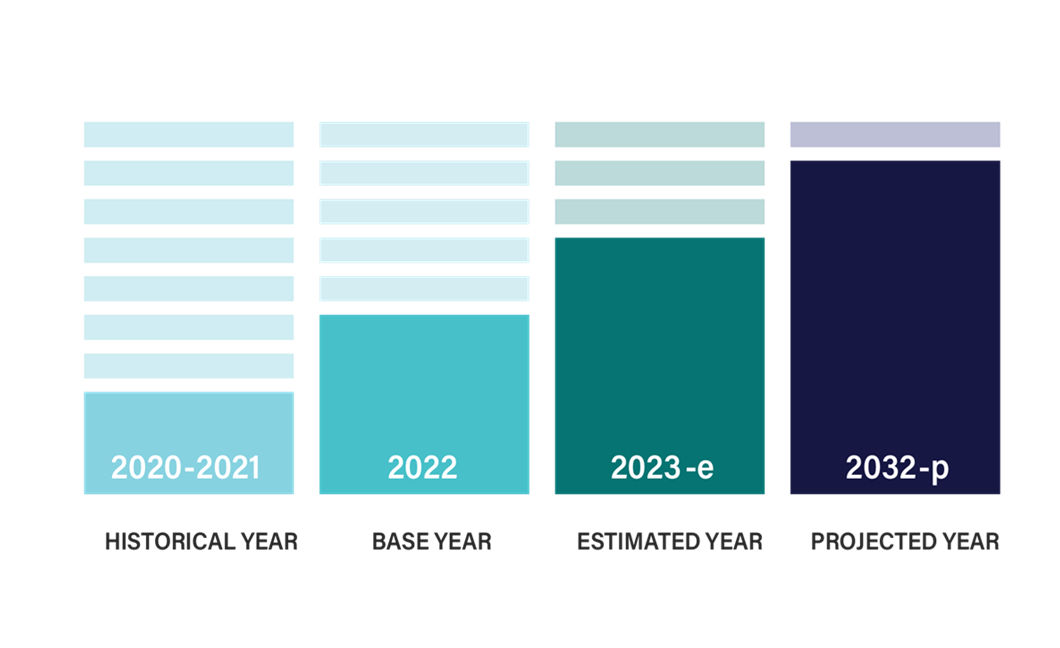

Overview
The global switchgear monitoring system market has witnessed steady growth in recent years due to increasing demand for uninterrupted power supply and advancements in monitoring technology. Switchgear is an essential component in electrical distribution systems, helping to control, protect, and isolate electrical equipment. The need for reliable and efficient power distribution, especially in industries such as utilities, manufacturing, oil and gas, and transportation, has driven the adoption of switchgear monitoring systems. By providing real-time insights into the health and performance of switchgear equipment, these monitoring systems help minimize downtime, enhance safety, and reduce maintenance costs.
According to International Market Research (IMR), the global switchgear monitoring system market is projected to grow at a compound annual growth rate (CAGR) of approximately 8.5% from 2024 to 2031. The market size, valued at around USD 2.3 billion in 2023, is anticipated to reach nearly USD 4.4 billion by the end of the forecast period. Factors contributing to this growth include the rising demand for renewable energy integration, aging power infrastructure, and the increasing importance of predictive maintenance.
Market Drivers
Market Segmentation
The switchgear monitoring system market can be segmented by component, voltage level, end-use industry, and region.
The hardware segment includes sensors, communication devices, and other components essential for monitoring switchgear. The software and services segment includes analytics platforms, diagnostic software, and services that help in interpreting the data collected by the hardware. IMR estimates that the software and services segment will grow at a higher CAGR compared to the hardware segment due to the increasing demand for analytics and cloud-based solutions.
Medium and high-voltage switchgear monitoring systems are widely used in industries such as utilities and transportation, where managing high-power loads is essential. The high-voltage segment is expected to grow faster due to its critical role in power transmission and distribution applications.
The utilities sector is the largest end-user of switchgear monitoring systems, accounting for a significant market share in 2023. With the increasing adoption of renewable energy and modernization of the grid, the utilities segment is projected to maintain its dominance throughout the forecast period. The industrial and oil & gas sectors are also expected to show significant growth due to the critical need for continuous power supply and safety.
The Asia-Pacific region held the largest market share in 2023, driven by rapid industrialization, urbanization, and growing investments in renewable energy in countries like China, India, and Japan. North America and Europe are also significant markets due to aging power infrastructure and regulatory initiatives focused on energy efficiency and grid modernization.
Key Market Trends
Competitive Landscape
The switchgear monitoring system market is characterized by a mix of established players and new entrants offering innovative solutions. Key market players focus on strategic partnerships, product development, and mergers and acquisitions to strengthen their market position. IMR anticipates that the competitive landscape will remain dynamic, with companies increasingly investing in IoT and artificial intelligence to enhance their product offerings.
Key Players
Future Outlook
The global switchgear monitoring system market is set to witness significant growth over the forecast period, driven by the increasing complexity of power distribution systems, the aging power infrastructure, and the growing emphasis on predictive maintenance. By 2031, the market is projected to reach USD 4.4 billion, with a steady increase in adoption across utilities, industrial, and oil & gas sectors.
As companies seek to improve operational efficiency and reduce downtime, the demand for switchgear monitoring systems will likely continue to rise. In addition, the ongoing shift toward renewable energy and the need for energy-efficient solutions will further support market growth. IMR expects that advancements in IoT and cloud computing will reshape the market, making switchgear monitoring systems more accessible, scalable, and efficient.
Conclusion
The switchgear monitoring system market is on a promising growth trajectory, fueled by the increasing demand for reliability, efficiency, and safety in power distribution systems. With significant growth potential across different sectors and regions, the market offers substantial opportunities for both established players and new entrants. By leveraging innovative technologies and focusing on predictive maintenance, companies can ensure the smooth operation of their switchgear systems and support the global push towards a more resilient and sustainable energy infrastructure.
International Market Research follows a comprehensive research methodology dedicated to offering the most accurate market estimation and analysis. It leverages a data triangulation methodology to estimate the market dynamics and deliver precise estimations. The company exploits a combination of top-down and bottom-up approaches for classifying and assessing quantitative aspects of the market.

This research study is based on exhaustive quantitative and qualitative analysis.
The Quantitative analysis involves numerous models, mathematical tools, projection, and sampling techniques. It encompasses the following steps:
Recognize market variables and derive market size.
Valuation of prospects, opportunities, and market penetration rates by analyzing Application Predictive Maintenance Solutionzation, regional trends, etc.
Gauge historical market trends and derive present and future year-on-year growth trends
The qualitative analysis covers briefing about market dynamics and business opportunities and strategies. Lastly, all the research findings are authenticated over interviews with in-house industry experts, freelance consultants, and key opinion leaders, etc.


The preliminary raw data and relevant information are acquired via different sources such as secondary findings, trade surveys, and in-house repositories. Technical issues and trends are attained from technical symposia, surveys, and trade journals. Market dynamics such as driving factors, restraints/challenges, pricing trends, and opportunities are also collected using extensive secondary research via paid and open access data sources.
This info is then filtered to make sure that the related data including market trends, industry dynamics, and outlook is retained for the further research End-user. Data is constantly filtered to confirm that only authenticated sources are measured.
It comprises analysis & mapping of all the data gathered from the above step. It also includes the analysis of data differences observed across numerous data sources and arrives at final data points to be used for final calculations.
This step involves data End-user using various models, mathematical tools, projection, and sampling techniques to derive market findings. It also involves the placement of data points at suitable market spaces to gather viable conclusions.
Market estimates and forecasts are derived via simulation models. Collected data for market dynamics, Propulsion Type sets, pricing trends, and Type development is fed into the model and evaluated simultaneously. These factors are studied on a comparative basis, and their influence over the prediction period is quantified by means of regression, correlation, and time-series exploration. Analyst viewpoint & subject matter expert-based heuristic form of market sizing also plays an essential part in this step.
Some of the parameters measured as a part of the statistical model are:
Macro-economic indicators
Micro-economic indicators
Socio-political indicators
Environmental indicators
Propulsion Type indicators
Validation End-user aids to finalize data points to be used for final calculations. Primary Interviews are conducted to authenticate the data and analysis.
Primary research includes questionnaire-based research, email interactions, online surveys, and telephonic interviews. Interviewees are approached by prominent companies across the value chain including suppliers, Propulsion Type providers, domain experts, and buyers to ensure a holistic and unbiased picture of the market.
Industry participants involved in this research study include:
CEOs, VPs, market intelligence managers
Procuring and national sales managers technical personnel, distributors, and resellers
Research analysts and key opinion leaders from various domains
Our research methodology includes an ideal combination of primary and secondary initiatives.

Source: International Market Research Analysis, 2024
It involves company databases such as Hoover's: This assists us to recognize financial information, the structure of the market participants, and the industry competitive landscape.
The secondary research sources referred to in the End-user are as follows:
Supply Chain and Inventory Managemental bodies, and organizations creating economic policies
National and international social welfare institutions
Company websites, financial reports and SEC filings, broker and investor reports
Related patent and regulatory databases
Statistical databases and market reports
Corporate Presentations, news, press release, and specification sheet of Manufacturers
Open access and paid data sources:
Eurostat
Statista
OneSource
Plastemart
WHO and World Bank
ITU
Factiva
Hoovers
Primary research includes online surveys and telephonic interviews.
Means of primary research: Email interactions, telephonic discussions, and questionnaire-based research, etc.
To validate our research findings and analysis, we conduct primary interviews of key industry participants. Insights from primary respondents help in validating the secondary research findings. It also develops Research Team’s expertise and market understanding.
Industry participants involved in this research study include:
CEOs, VPs, market intelligence managers
Procuring and national sales managers technical personnel, distributors, and resellers
Research analysts and key opinion leaders from various domains
We employ of following parameters in the absence of concrete data sources:
We assign weights to various parameters and quantify their market influence with the help of weighted average analysis, to derive an expected market growth rate
Income distribution, purchasing pattern, per capita income, and other end-user associated parameters
GDP, inflation rate, per capita disposable income, etc.
Expenditure, financial policies of the country, infrastructure and sector growth, and facilities

Source: International Market Research Analysis, 2024
International Market Research(IMR) is global leader in Market Research & Consulting services.